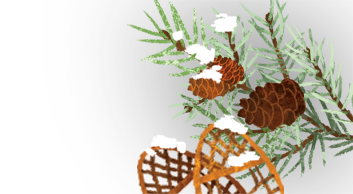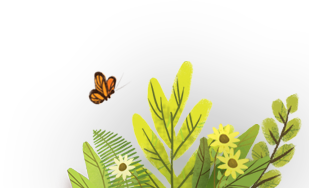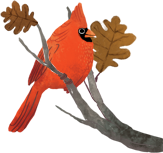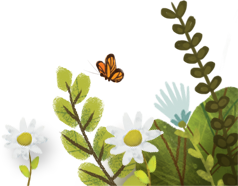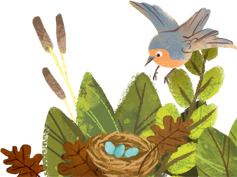- A portion of this class is outside so students and teachers should dress for the weather.
- A working knowledge of some terminology such as habitat and biome is helpful.
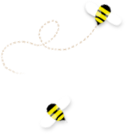
Habitats and Biomes
| Title | Habitats and Biomes |
| Audience | 3rd Grade |
| Offered | Late Oct - Nov |
| Length | 1 hr. 50 minutes (if time allows, students will look around in the Exploration |
Preparing for this Class
Class Description
Students will be in a classroom for an introduction to habitats and biomes. We will briefly consider biomes around the world before focusing on Minnesota biomes. Next we will narrow our focus even more as we consider three different environment examples found within Quarry Hill Park: a forest, a pond and a prairie. Students will then rotate through the following two activities:
- Environment Walk: (A hike over the bridge and along the pond, on a forest trail and through a portion of a prairie.) Students will observe plants and animals in each of these locations. We will also discuss a predator and prey animal from each location.The goal is to help synthesize one of the unit’s Big Ideas that many organisms share an environment and interact because their habitats overlap. During this hike, we will also consider the differences between a habitat, an environment and a biome and talk about their relative sizes.
- Environment Posters: Students will focus on large poster photographs of a pond, a prairie and a forest. Each student will receive a magnetized photo of an animal and consider which of these three environments would most likely contain the best habitat for the animal. Each student will then place his/her animal picture by the environment poster he/she has selected. The group will discuss where animals have been placed and propose changes to better fit animals with their most desirable environment. The group discussion will also focus on adaptation examples that best fit animals in certain environments.
Correlation to MN Science Standards
- Observe a natural system or its model and identify living and nonliving components in that system. (0.4.2.1.1.)
- Recognize that animals need space, water, food, shelter and air. (1.4.2.1.1)
- Describe ways in which an animal’s habitat provides for its basic needs. (1.4.2.1.2)
- Raise questions about the natural world and seek answers by making careful observations, noting what happens when you interact with an object, and sharing the answers with others. (2.1.1.2.1)
- Identify common groups of plants and animals using observable physical characteristics, structures and behaviors. (3.4.1.1.2)
- Describe a natural system in Minnesota, such as a wetland, prairie or garden, in terms of the relationships among its living and nonliving parts as well as inputs and outputs.(5.4.2.1.1)
Science Vocabulary
|
Habitat Deciduous Predator Biome |
Environment Evergreen Resource Prey |
Organism Grassland Physical characteristics Stewardship |
Climate Limb Survival characteristics Camouflage |
*denotes a Quarry Hill vocabulary word



